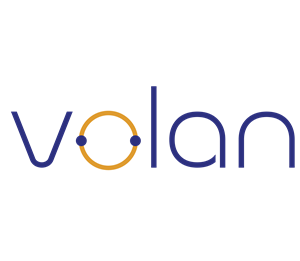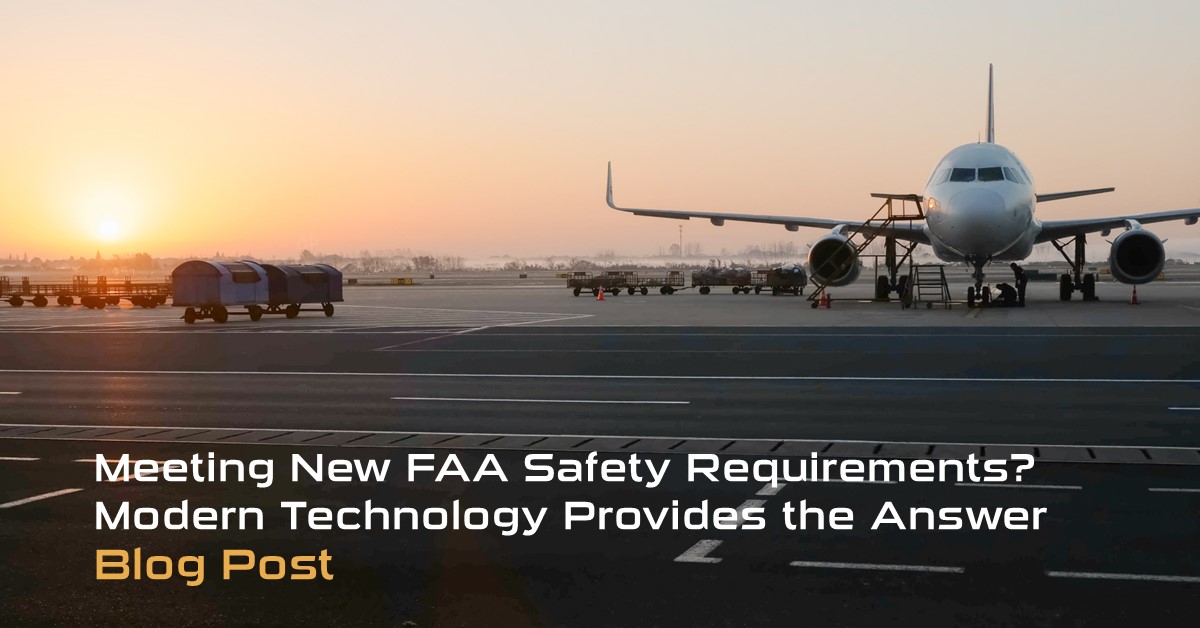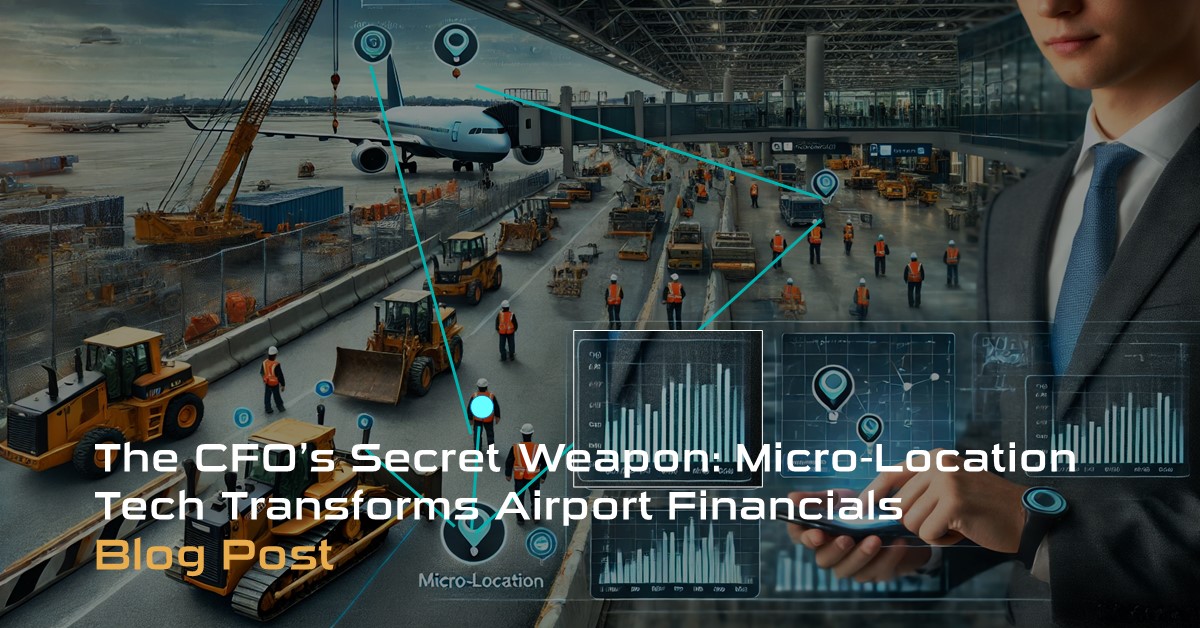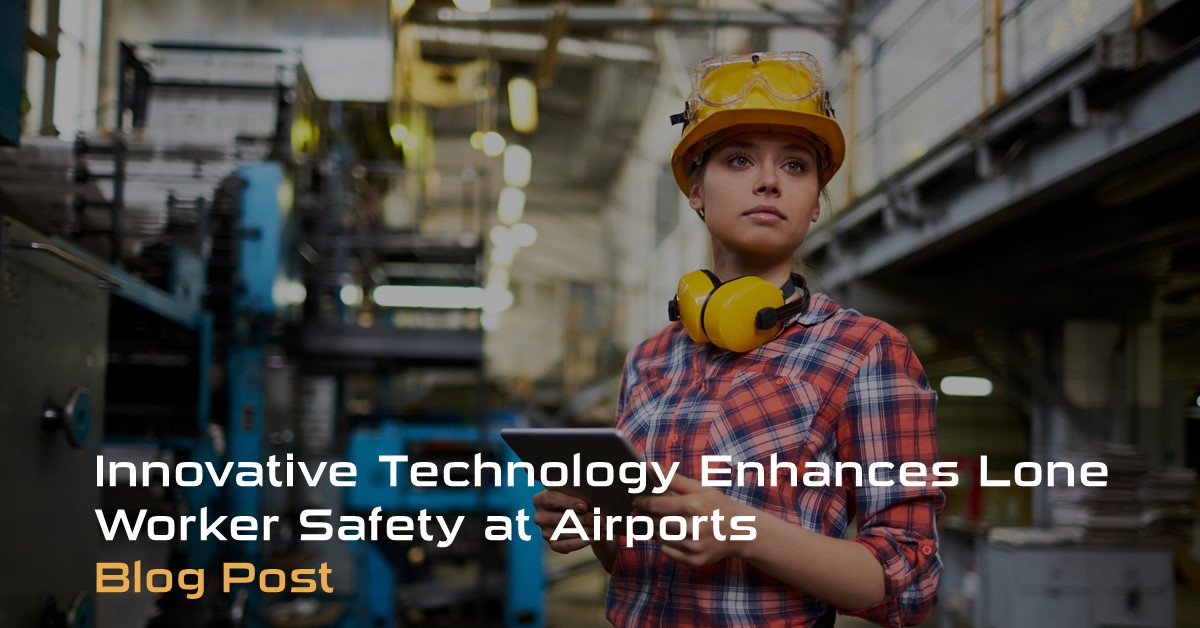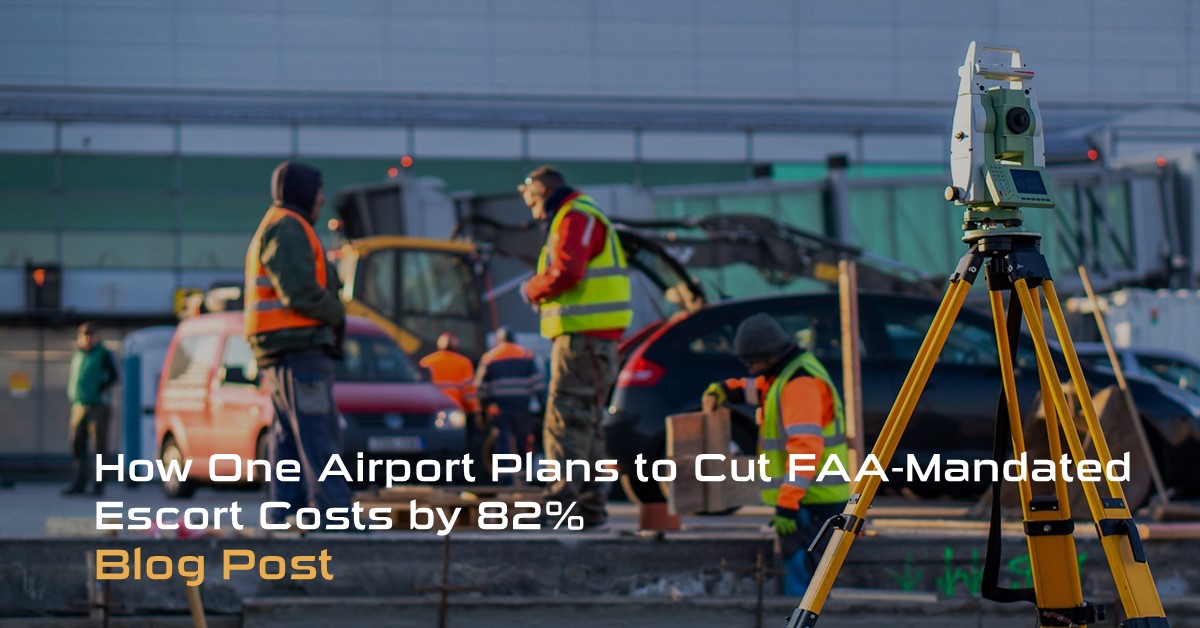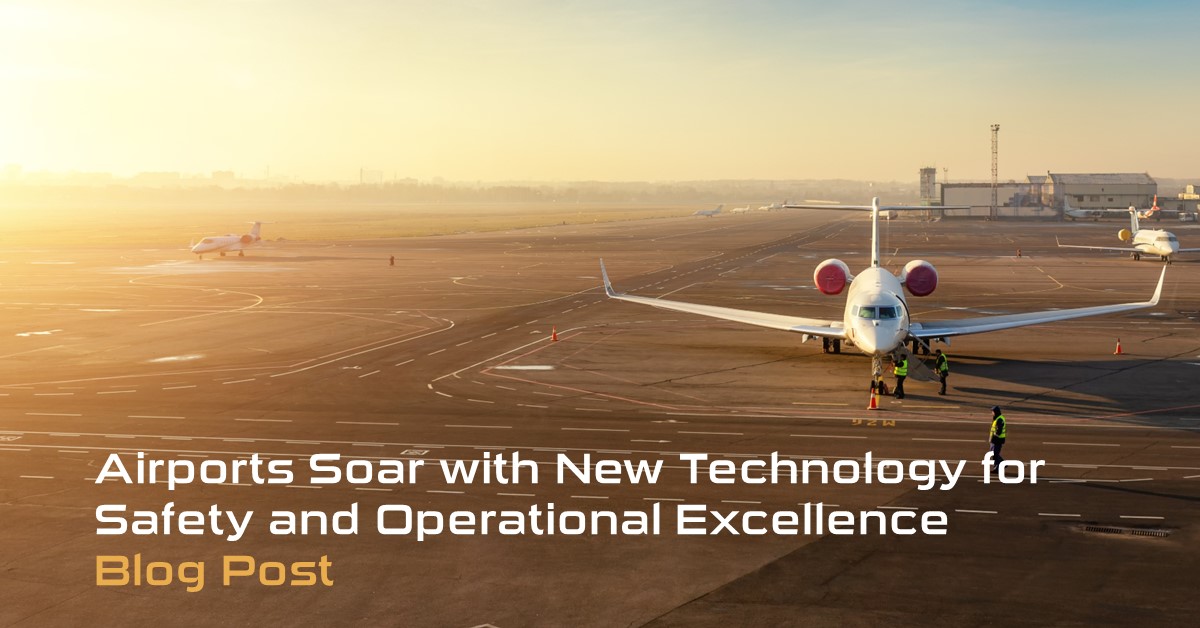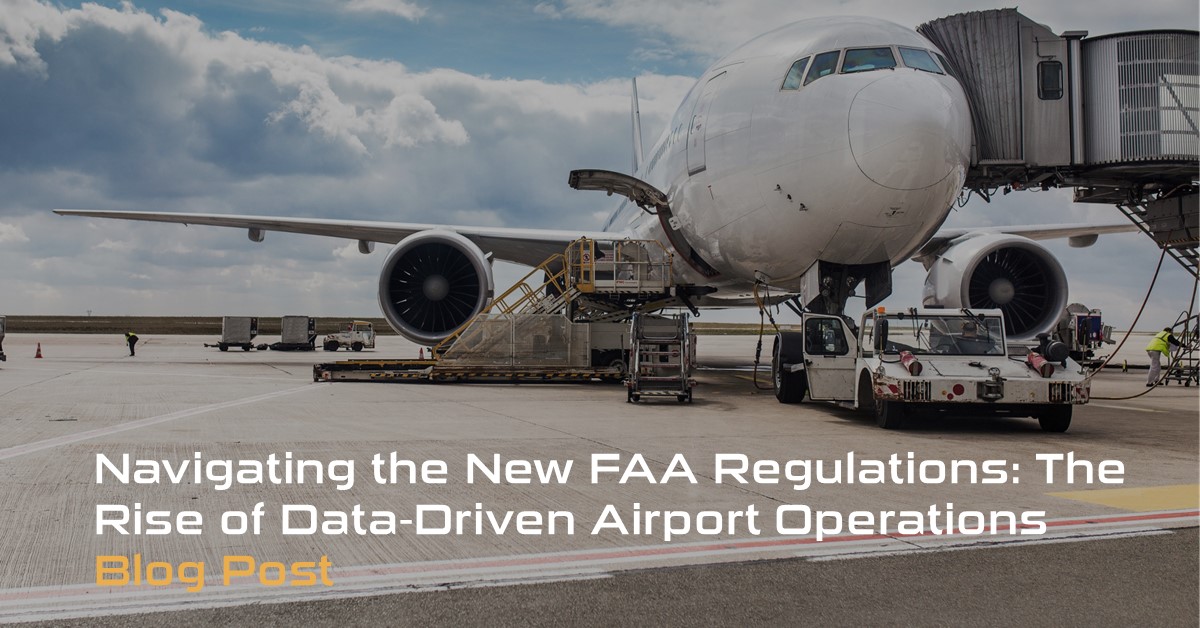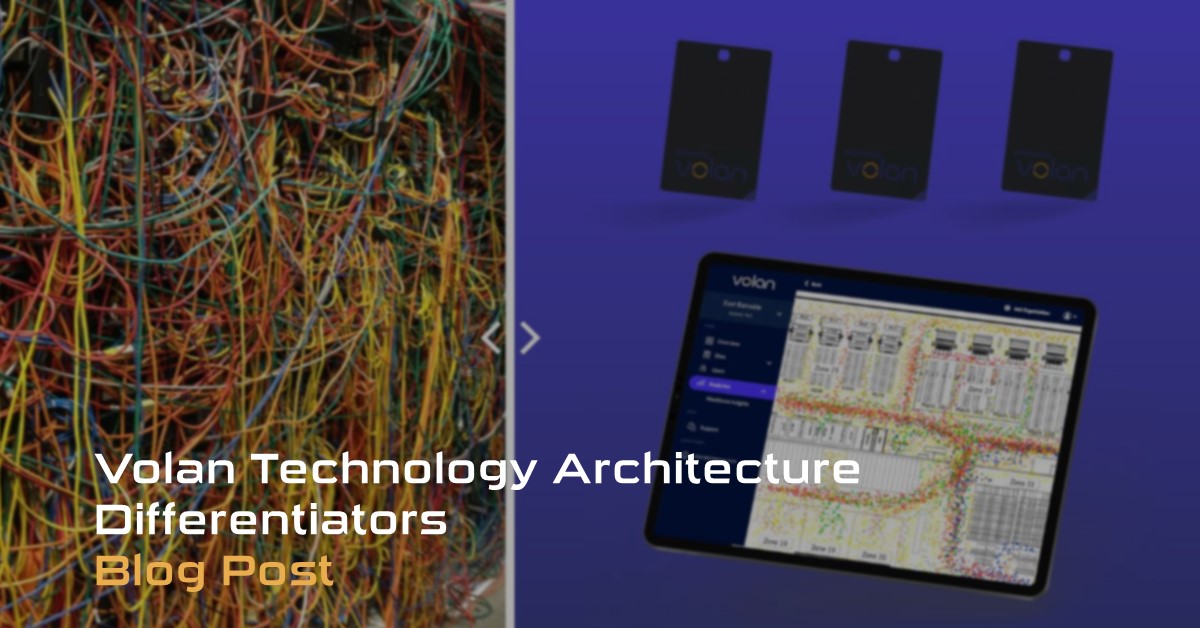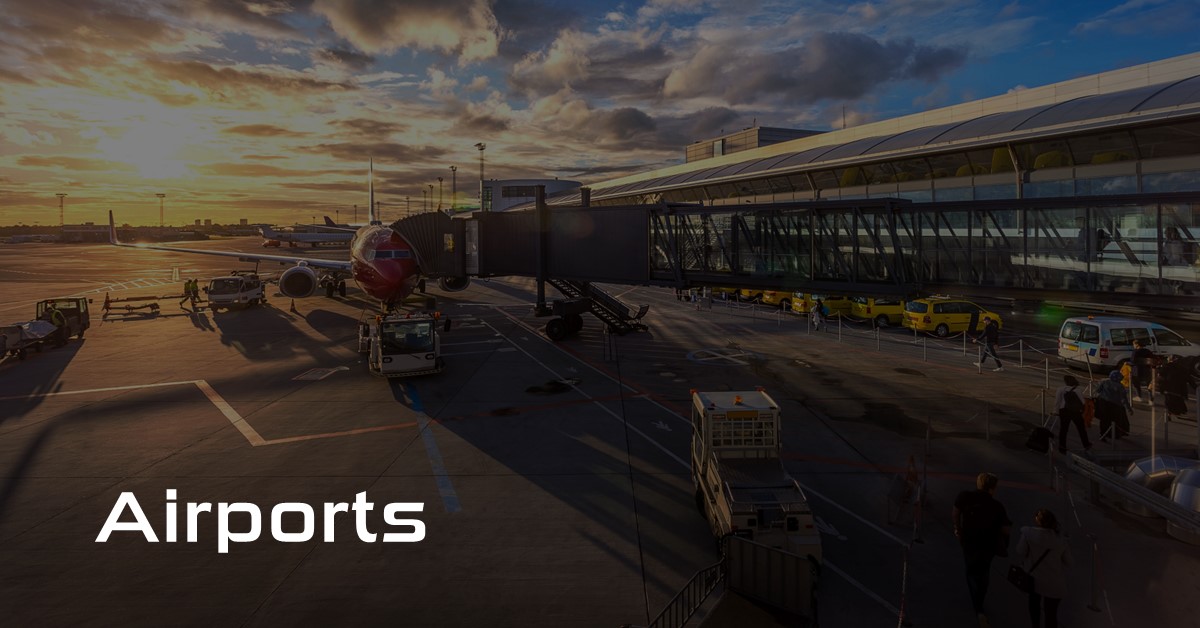Meeting New FAA Safety Requirements? Modern Technology Provides the Answer
Airports are taking a hard look at modern technology solutions to help meet the FAA’s new extensive Safety Management System requirements. This 60-page ruling mandates that airports significantly improve their detection, analysis, data capture and reporting of safety incidents to maintain compliance.
Over 250 major US airports are impacted, and there are valid concerns around monitoring vast outdoor areas like runways, taxiways and ramps where higher-risk incidents can occur. Traditional methods of human oversight simply don’t provide sufficient coverage and vigilance anymore.
Consider the thousands of moving parts – aircraft, vehicles, equipment, personnel. Even a relatively minor incident like a lawn mower veering into a restricted zone could constitute a safety breach. Relying solely on staff escorts to properly supervise everything is extremely resource-intensive and prone to lapses.
This is why innovative airports are adopting technology solutions centered around the Internet of Things (IoT), micro-location and geofencing capabilities. These affordable systems leverage small wearable locators and sensors to precisely track the real-time location of every asset down to 1-2 meter accuracy. One major midwest airport has successfully deployed a turnkey virtual fence-line solution across their entire 7,700-acre property.
Using compact locators on vehicles and badges, it continuously monitors all movements simultaneously. Any breach automatically triggers an alert identifying the equipment and location, while also capturing granular data around safety incidents to streamline reporting requirements.
But the benefits extend well beyond just regulatory compliance. This new operational intelligence enables airports to optimize processes, traffic patterns, resource allocation and more – unlocking opportunities to reduce costs and environmental impact through improved efficiency.
As safety oversight becomes ever more critical, airports can get ahead of growing challenges by leveraging these innovative, scalable solutions. Rather than falling back on manual methods, operators are modernizing with affordable technologies to address the FAA’s latest mandates while future-proofing operations.
To learn more about our Volan technology, please contact us.
Airport Solutions
Our construction barrier technology provides geofenced barriers for airport construction sites to keep workers out of restricted areas and reduces the costs for worker escorts. Airport construction projects are never-ending, have many workers, and regulations require full-time monitoring of worker location. Volan’s technology can provide alerts within 2-3 seconds if a worker moves into a restricted space, along with the precise location of the worker and a live map view. Visit our Solutions for Airports page.
